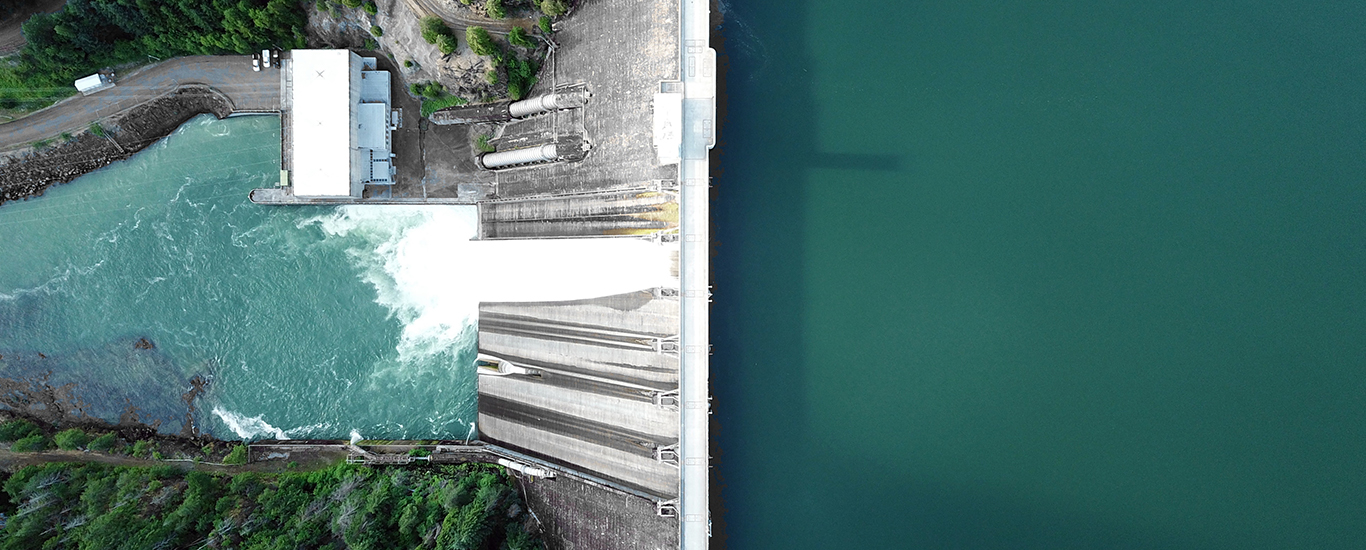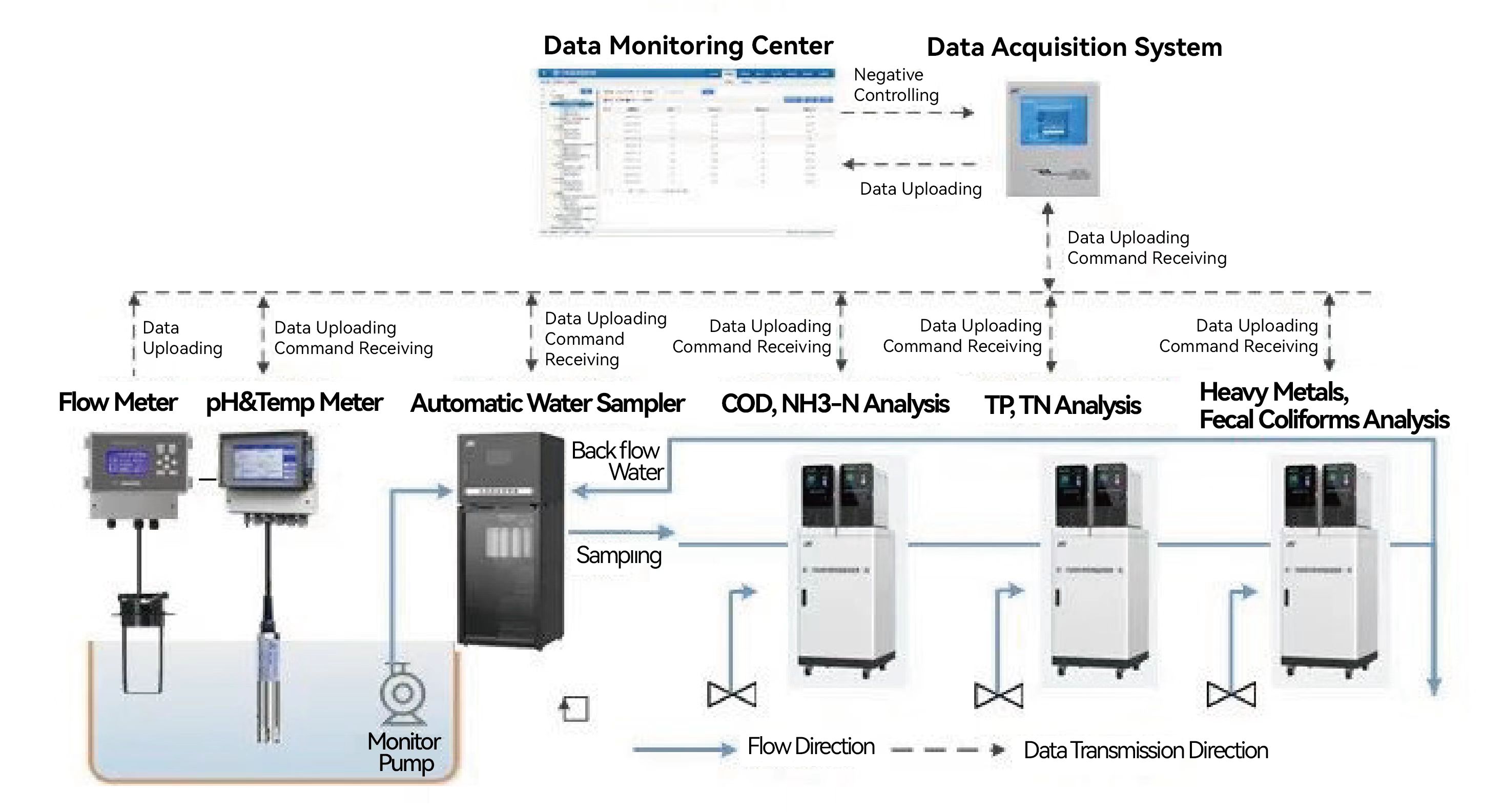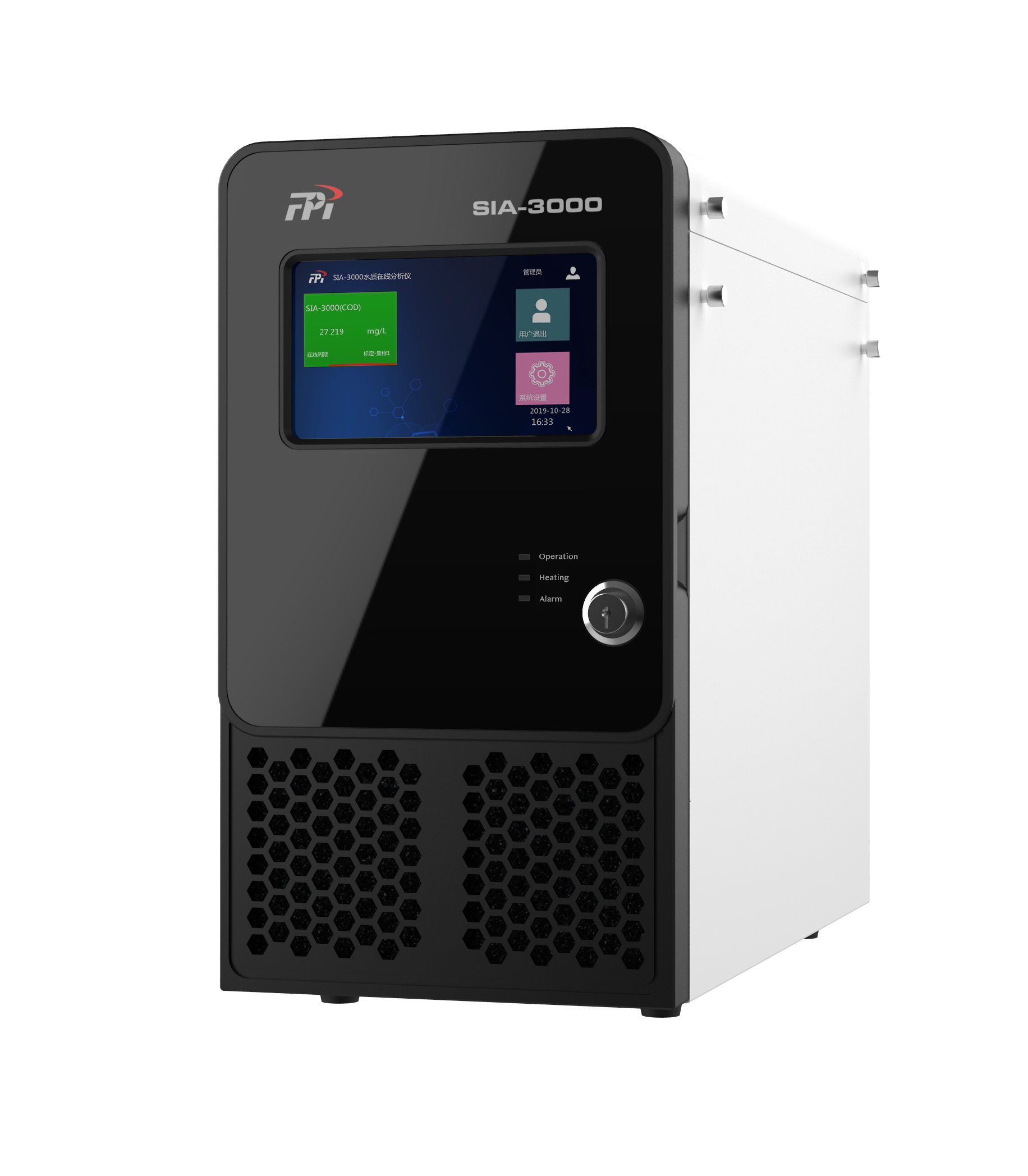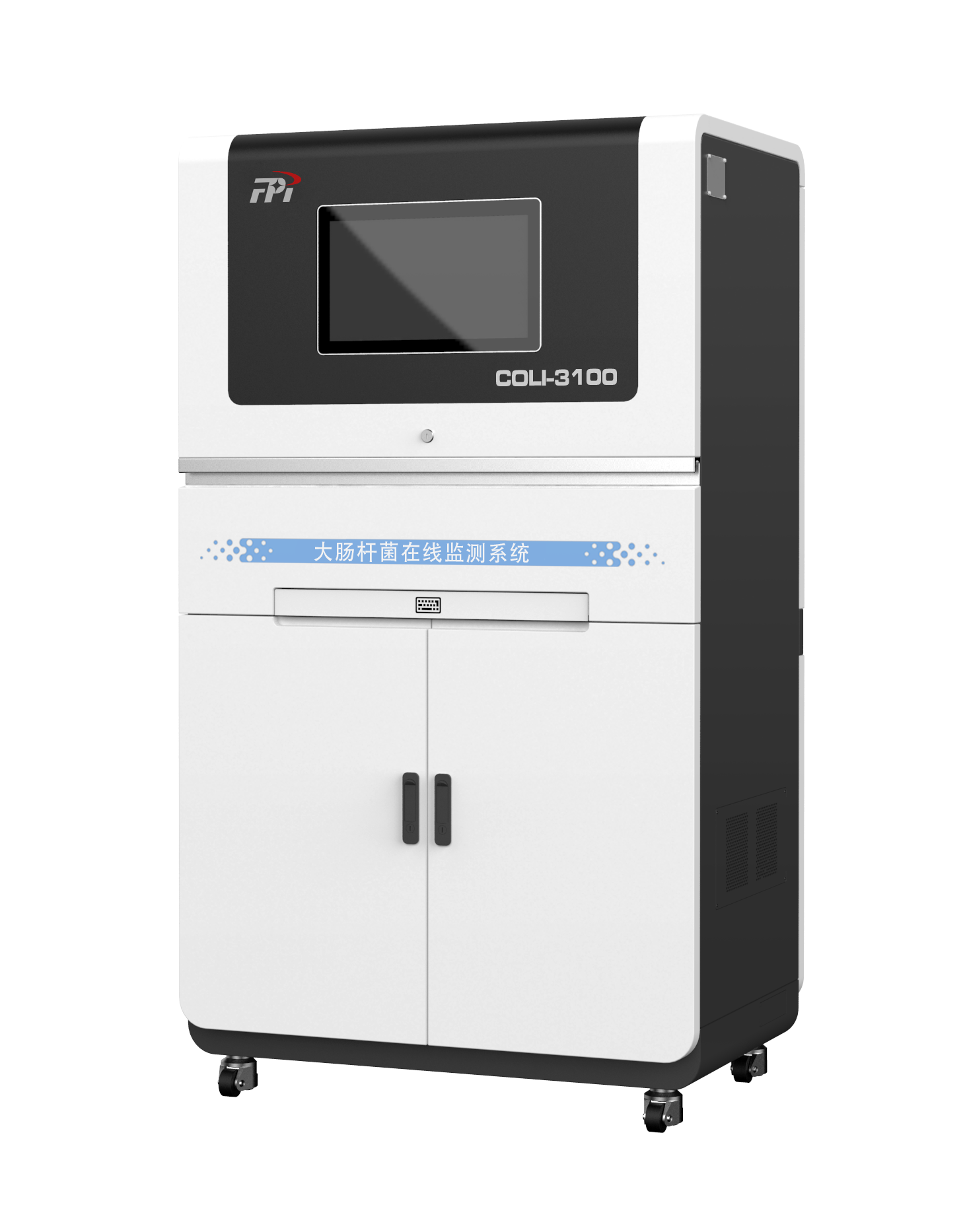

As the final hurdle of preventing and controlling the COVID pandemic, hospital wastewater treatment is not only a key link but also a crucial part when it comes to ecological protection and public health. Pathogenic bacteria and heavy metal contaminants are present in large quantities, the risk of acute and latent transmission is inevitable. Many of these compounds resist normal wastewater treatment.
Today We’ll be taking a look at how FPI overcomes some of the most common problems in the hospital wastewater monitoring field. Before we get to the examples, though, let’s start with the basics.
Common Examples of Customer’s Pain Points
Poor Product Capacity
During the pandemic outbreak, a number of hospitals do not standardize the configuration of wastewater treatment facilities or the existing treatment facilities have insufficient capacity, which leads to the unstable quality of wastewater effluent.
Poor Data Collection
On the one hand, Non-key wastewater monitoring units haven’t installed automatic monitoring facilities, so monitoring efficiency is guaranteed with difficulty; on the other hand, the automatic monitoring equipment used by key wastewater monitoring units is mainly conventional factors monitoring, without characteristic factors.
Traditional monitoring methods do not reflect water quality conditions in real-time, the recommended way is to install an online monitoring system at the hospital wastewater outfall. In order to effectively monitor both conventional factors and characteristic factors of hospital wastewater in real-time, FPI solutions come into being.

FPI Action in Supporting the Epicenter of the Virus Outbreak
After the novel strain of coronavirus first broke out in Wuhan, China started building two makeshift hospitals: Leishenshan (Thunder God Mountain) and Huoshenshan. During this critical time for swift and coordinated response efforts, FPI is committed to supporting in fighting the spread of COVID-19 and its devasting impacts.
February 2, 2020, FPI actively participated in the rapid construction projects of the two hospitals in central China's Hubei Province and Installed 6 sets of online water quality monitoring equipment to analyze parameters including COD, ammonia nitrogen, residual chlorine, etc.
Hospitals discharge considerable amounts of chemicals and microbial agents in their wastewaters. If discharged directly into city sewers without proper treatment, it can even threaten the health of residents. Due to the excellent anti-interference capabilities, its’ dual-beam design efficiently limits the impact of factors such as chromaticity and turbidity of the water body that may impair measurement results. It detects reagents and water samples, determines whether there is a shortage of liquid, generates a warning alarm, and has functions such as reagent residual warning, instrument log, and fault alarm systems. With a reagent and waste liquid volume that is 80% less than similar products, this solution has lower operation and maintenance costs.
FPI went all out and completed the production, transportation, installation and data access tasks of all instruments within 10 days, and took the initiative to undertake follow-up operation and maintenance services. The monitoring of thousands of tons of wastewater per day provides reliable guarantee to the construction of the two hospitals, which has been highly appreciated by the Wuhan Environmental Protection Bureau.
What are the Benefits of FPI Solution Can Bring
Meet the new standard
Anti-corrosion design of the whole machine, no metal exposed in the sample contact area, long service life. Instantaneous water samples and mixed water samples are collected, and the final measurement results are closer to the real emission values of the pollution sources.
More accurate data
Self-developed technology and produced independently, with strong professional strength and guaranteed data accuracy.
Data security encryption
With three levels of privileges for ordinary, engineering, and advanced users, it is tamper-proof, leak-proof, and encrypts data.
Larger range setting
Meet the range setting of 2~3 times the limit value, and ensure the measurement accuracy within 125% of the upper range limit.
Verification and calibration function
Various operation logs can be checked, with standard verification and automatic calibration functions.
Extended capacity
In addition to meeting the requirements of GB 18466 for routine monitoring of pH, suspended solids, COD, ammonia nitrogen, petroleum, etc., it also has the ability to monitor fecal coliform, heavy metals (mercury, cadmium, chromium, hexavalent chromium, arsenic, lead, silver), BOD5, color, volatile phenols, total cyanide, residual chlorine and other factors.
Learn More About Our Wastewater Treatment Options
SIA-3000 Series Water Quality Online Analyzer

SUPEC 6010 On-line monitoring system

COLI-3100 Real-time E. coli monitoring system

